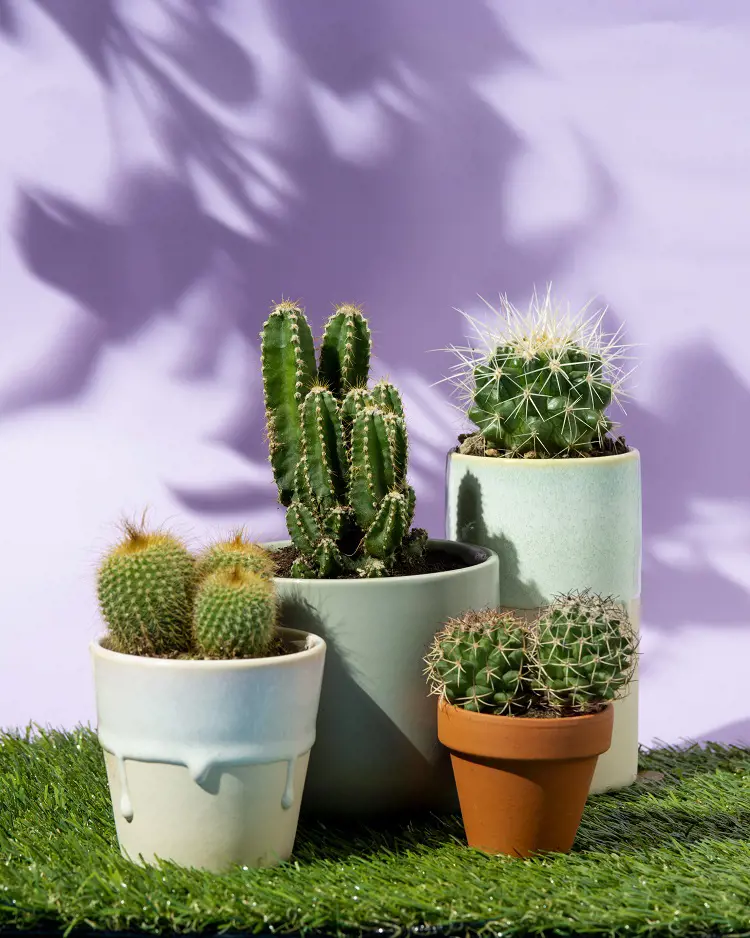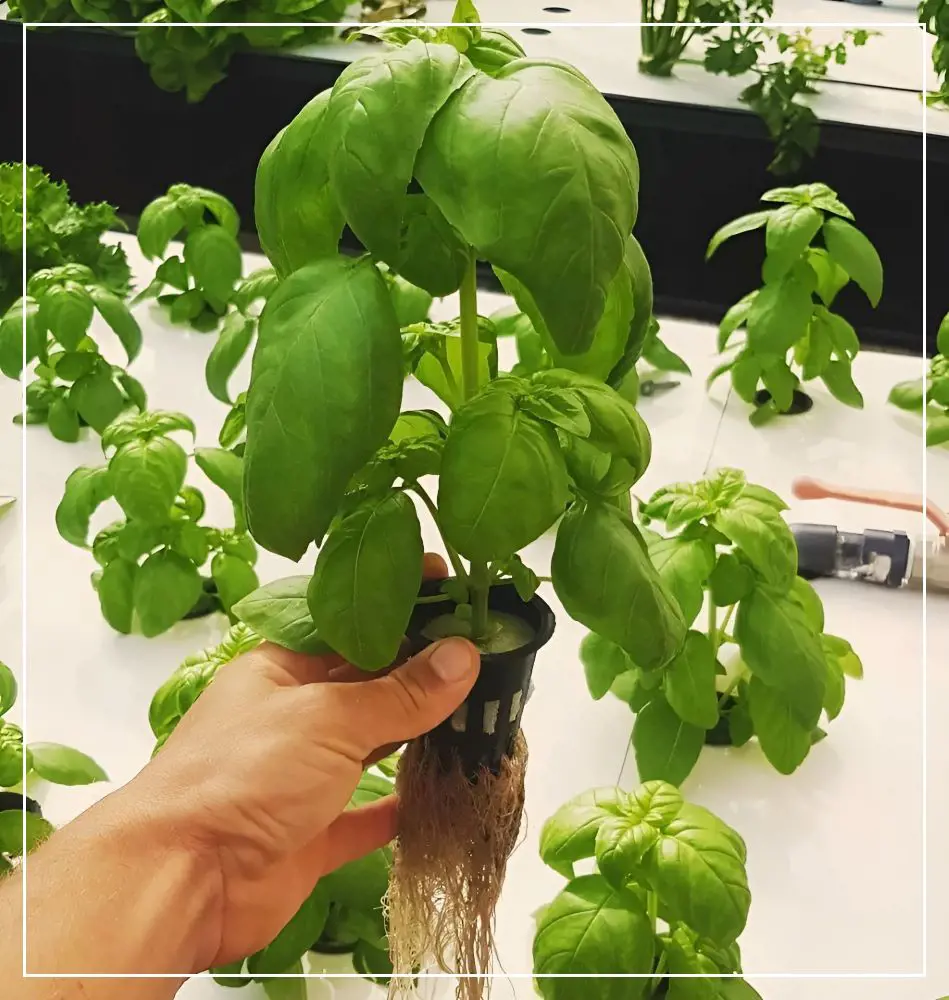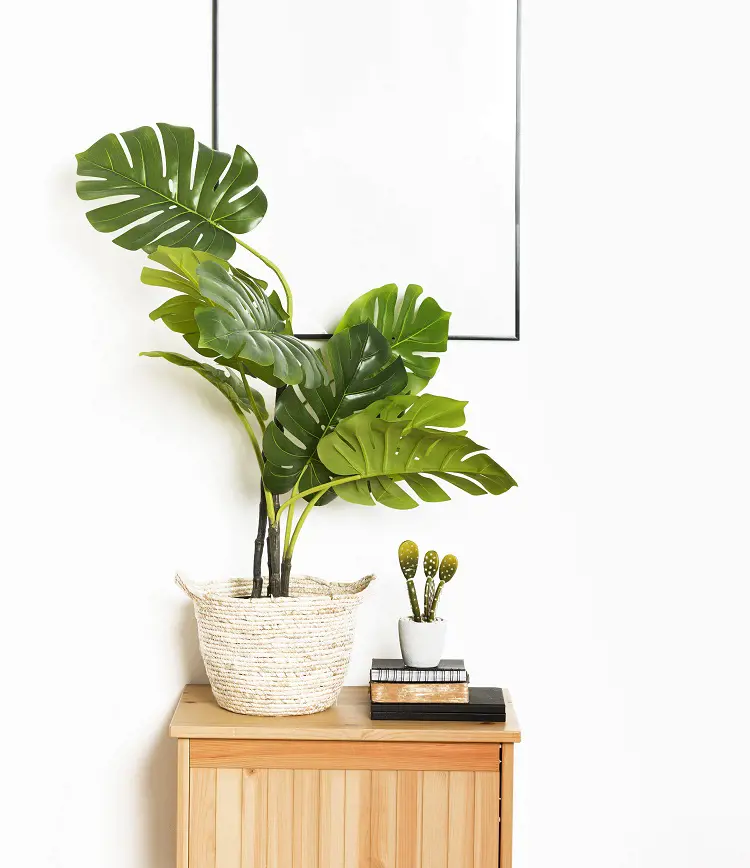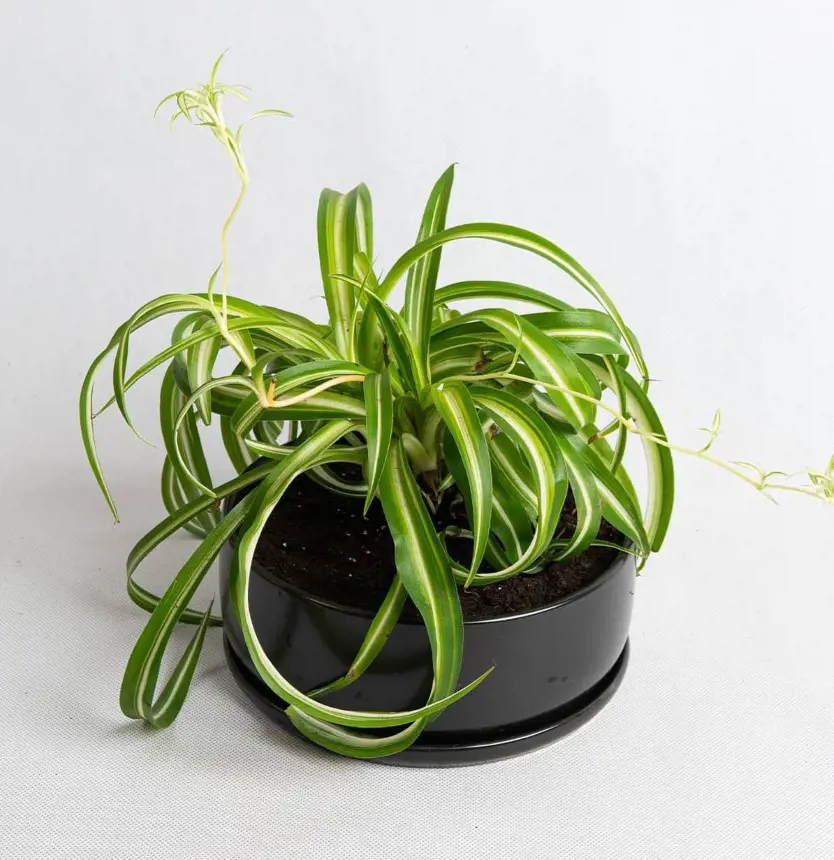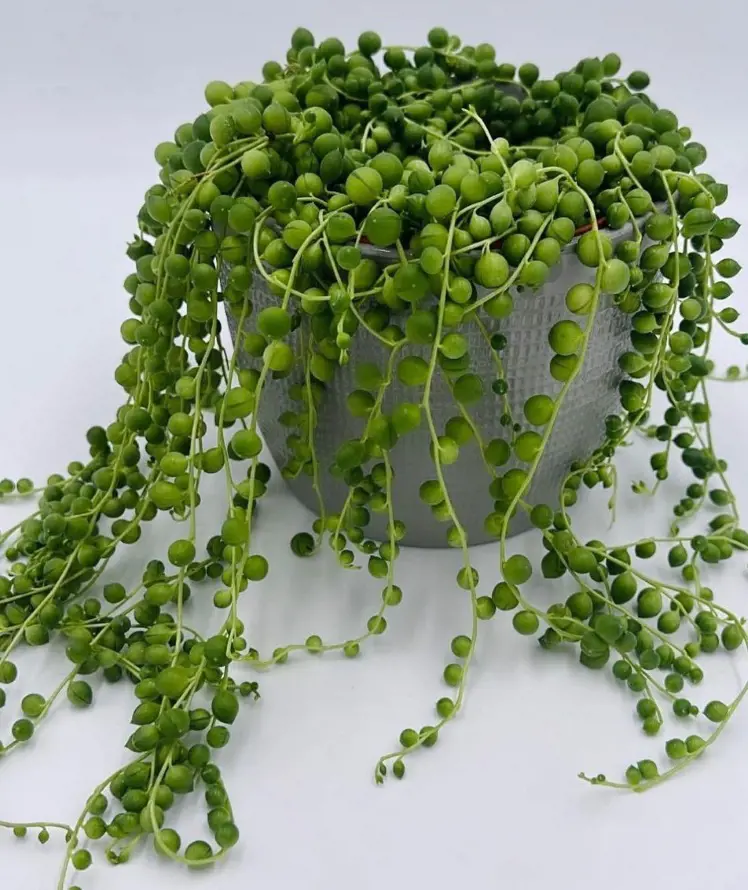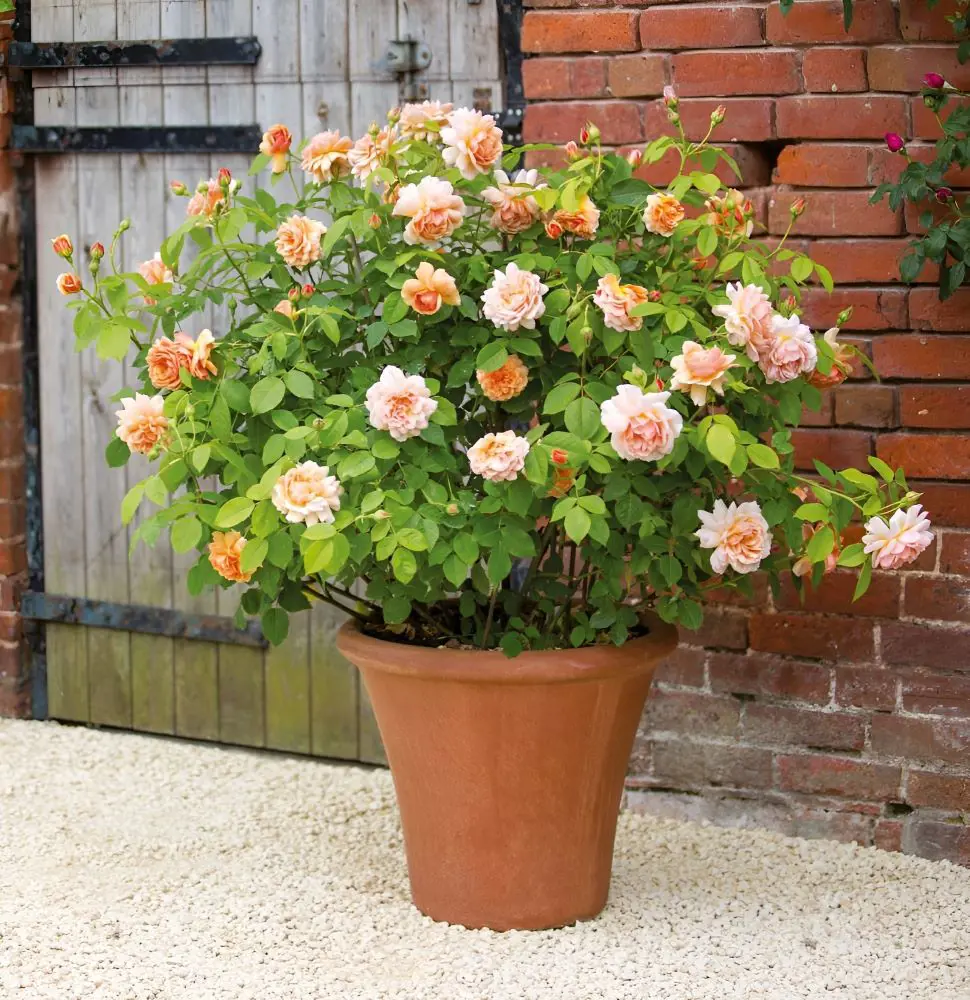How To Propagate Succulents
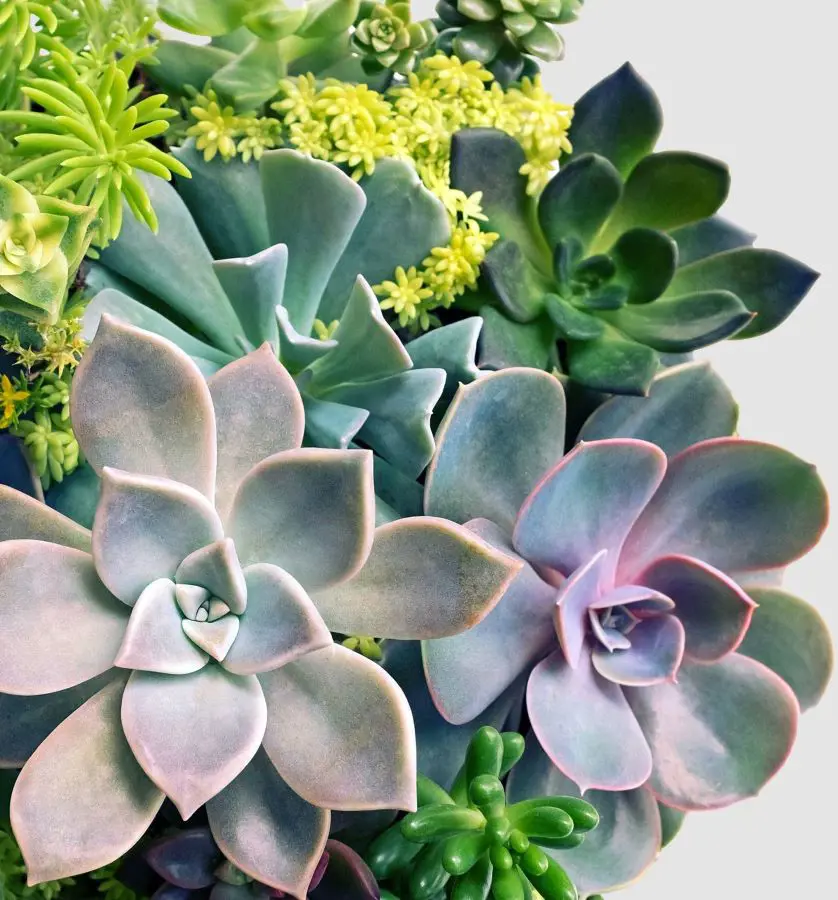
This post may contain affiliate links. If you make a purchase through links on our site, we may earn a commission.
Not only are succulents beautiful, but they are also a great choice for someone who is beginning to house plants. These dessert plants might love lots of sunlight, but their fleshy and thick leaves retain water to sustain infrequent watering. Just like how succulent growing is easy, reproduction from the stems or leaves of the mother plant is also equally easy.
This process of propagation or reproduction can be successful all the time, but for the utmost success, choose the summer months. This is a simple trick to multiply the succulent plant without having to buy new ones. Here is a list of nine such steps to propagate the succulents easily.
1. Gather Essential Supplies
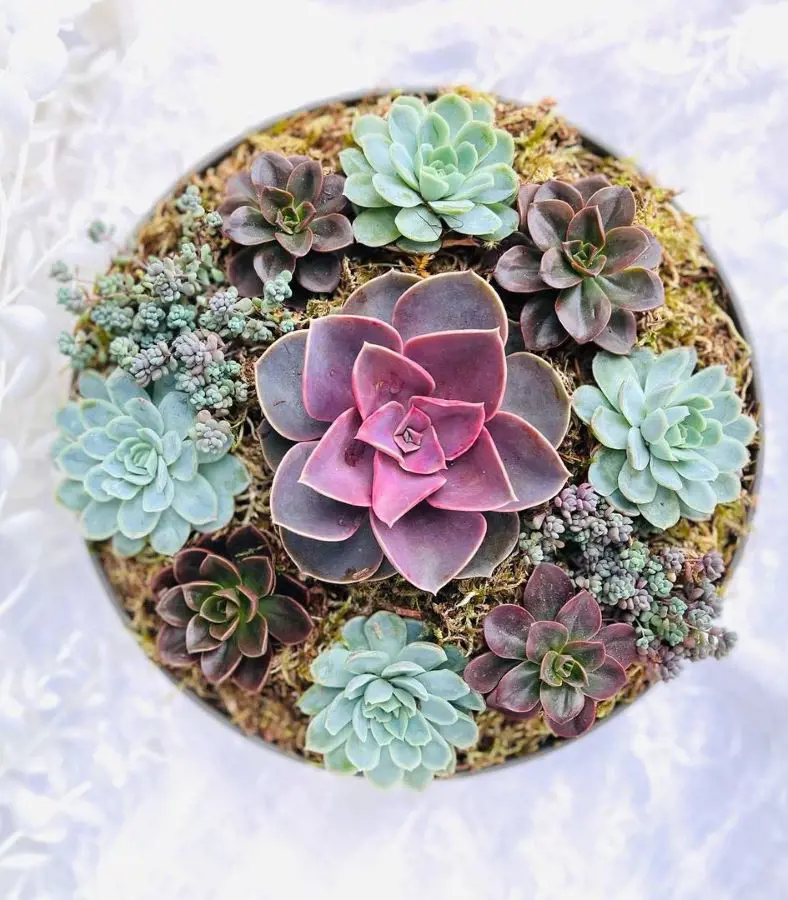
This is the first step in the propagation process. It is important to have all of the necessary supplies on hand before you begin, as this will make the process much easier. Here is a list of the supplies one will need:
- A healthy succulent plant
- A sharp knife or pair of scissors
- A pot with drainage holes
- Well-draining succulent potting mix
- A watering can
Once all the supplies are gathered, the propagation can start. Since succulents can be broken easily, these tools properly assist in careful propagation. All that is required is a healthy succulent plant, a sharp knife or pair of scissors, a pot with drainage holes, a well-draining succulent potting mix, and a watering can.
2. Choose a Leaf or Stem Cutting
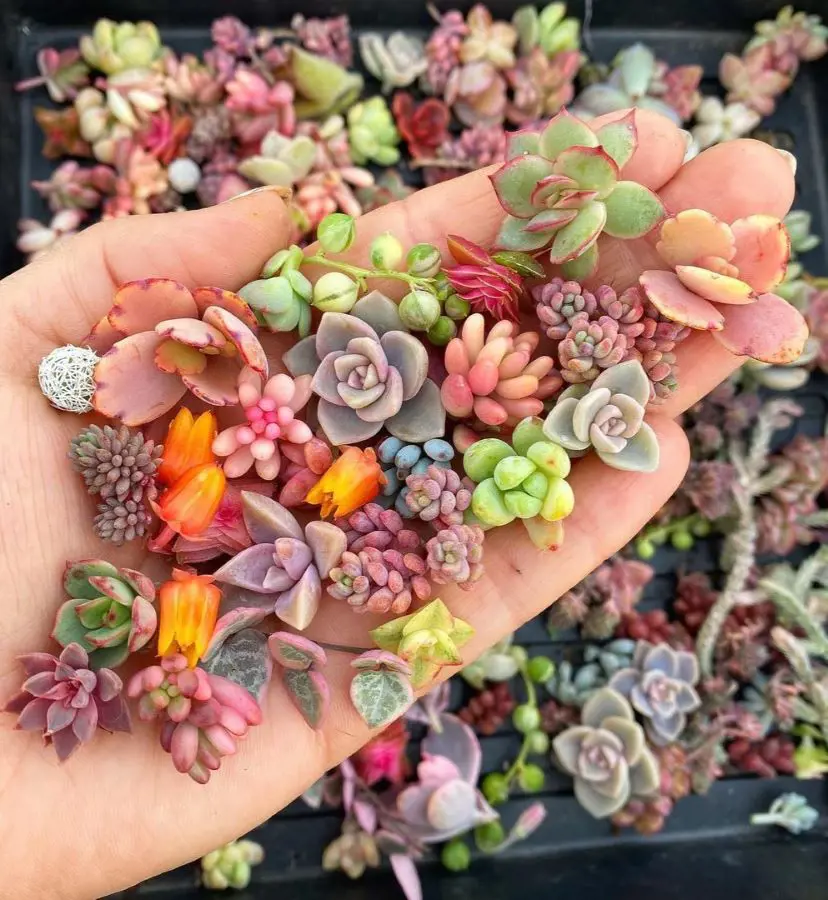
Choosing the right leaf or stem cutting is crucial for successful succulent propagation. Select healthy, strong parts of the plant that haven't been damaged by pests or diseases. In the case of leaves, look for plump, mature leaves that are firmly attached to the stem and gently twist the leaf until it comes off cleanly from the stem.
In the case of stems, choose healthy, actively growing stems that are at least 2–3 inches long. Make use of a sharp knife or pair of scissors to make a clean cut just below a leaf node (the bump where leaves grow). Lastly, remove the bottom few leaves from the stem to expose the bare stem for planting.
3. Let the Cutting to Callous Over
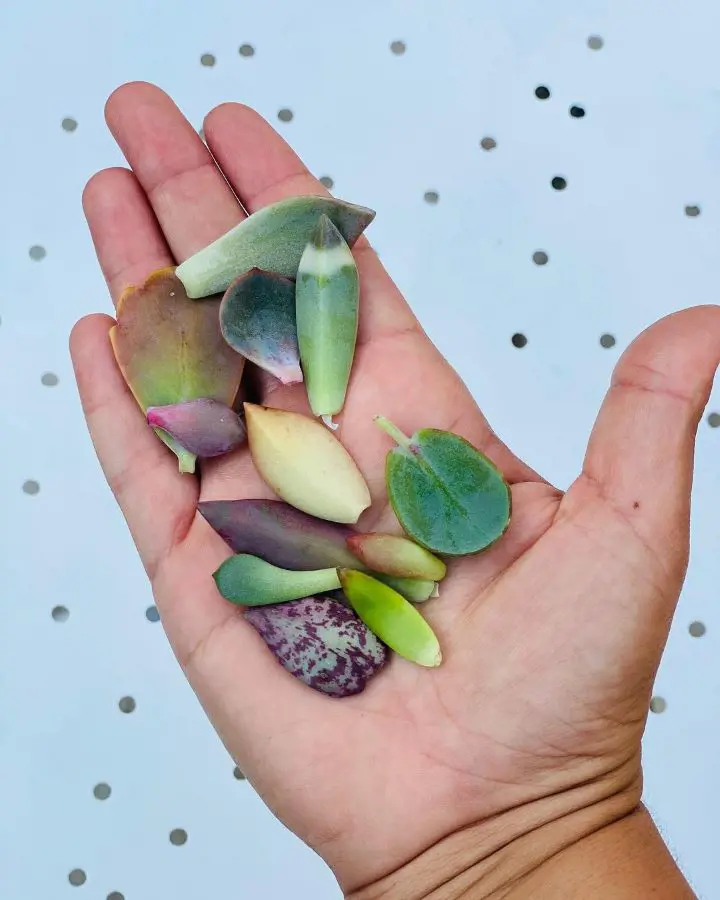
When propagating succulents, letting the cutting callous over is a crucial step before planting. This layer prevents rot and helps the cutting develop roots successfully. Similarly, the callous allows the succulent cutting to focus its energy on healing and root development instead of fighting off potential infections.
The callous typically takes 2-3 days to form, so be patient and resist the urge to plant the cutting immediately. It is ready when the cut end becomes firm and slightly dry to the touch. Once calloused, the cutting is ready to be planted in well-draining soil and embark on its journey to become a thriving succulent.
4. Get the Pot Ready

A better pot sets the stage for healthy growth. Pots that have drainage holes must be selected to prevent waterlogging. Place a layer of small pebbles or gravel at the bottom of the pot, covering about 1/4 to 1/3 of its depth, to improve drainage and prevent soil from clogging the drainage holes.
Next, fill the pot with a well-draining succulent potting mix. This specialized soil is formulated to provide ideal drainage and aeration for succulent roots. Proper pot preparation creates a healthy environment for the succulent to thrive, and by following these simple steps, the succulent will receive a foundation for successful growth and beautiful blooms.
5. Plant the Cutting
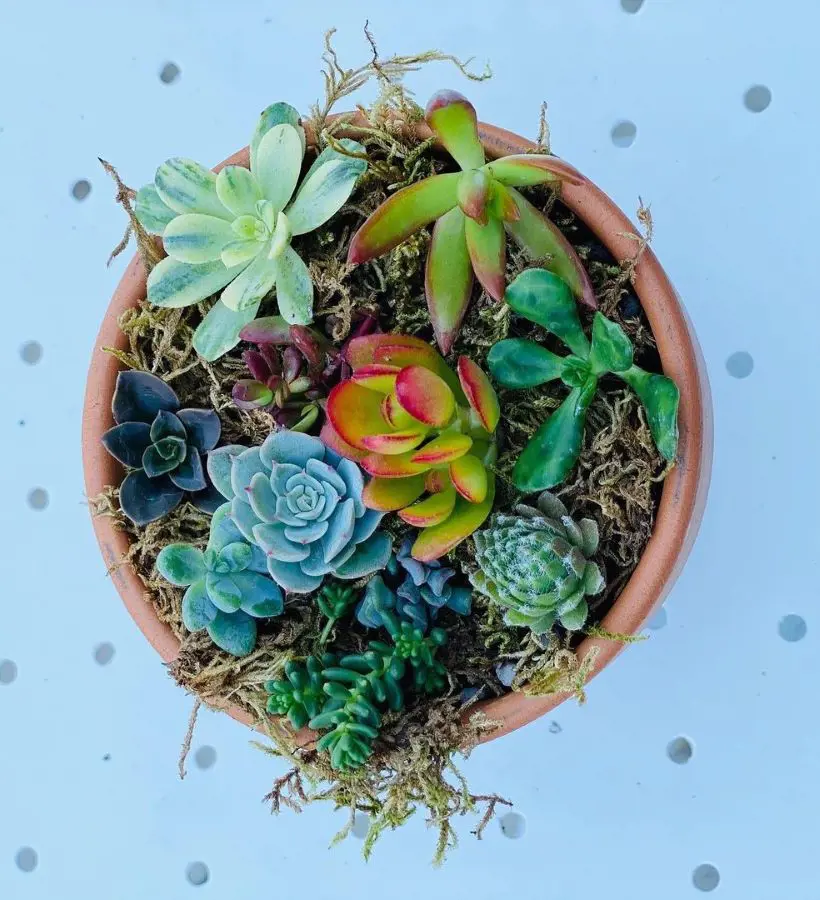
Planting the cutting is a crucial step in growing succulents. This step ensures the beginning of the succulent growth. This low-maintenance plant can be propagated easily with careful planting. Here's how it's done:
- Preparing the pot
- Make a hole in the center of the pot.
- Insert the cutting inside the hole.
- Water the cutting slowly
Once the cutting is planted, place the pot in a bright, indirect-light location and keep the soil moist. It can take several weeks for the cutting to root and start growing new leaves. Moreover, one can use a chopstick or pencil to make a hole in the soil.
6. Water the cutting
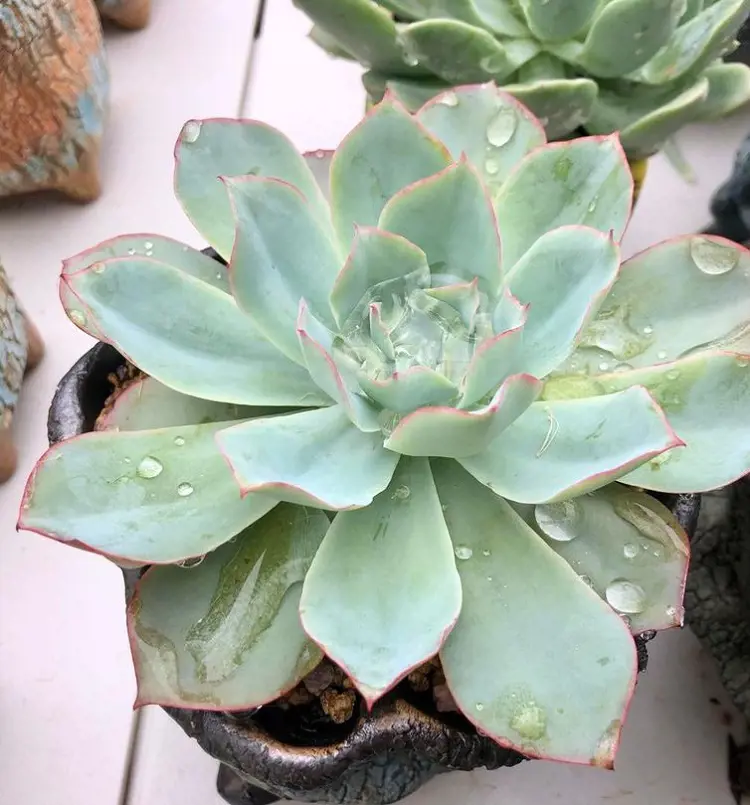
Watering your succulent cuttings is crucial, but it's important to do it correctly to avoid problems like root rot. Here's a simple guide on when to water your succulent cuttings:
- The cutting will absorb moisture from the air and the calloused area, so do not water before the root forms.
- Once tiny white roots grow from the base of the cutting, start watering sparingly.
- Water only when the soil feels completely dry to the touch.
It's important to avoid both overwatering and underwatering your succulent cuttings. The frequency of watering will depend on several factors, including the potting mix, climate, and pot size. Here is a simple technique: water the cuttings deeply once every 7–10 days during spring and summer and once every 14–21 days during fall and winter.
7. Place the Pot in a Bright, Indirect Light
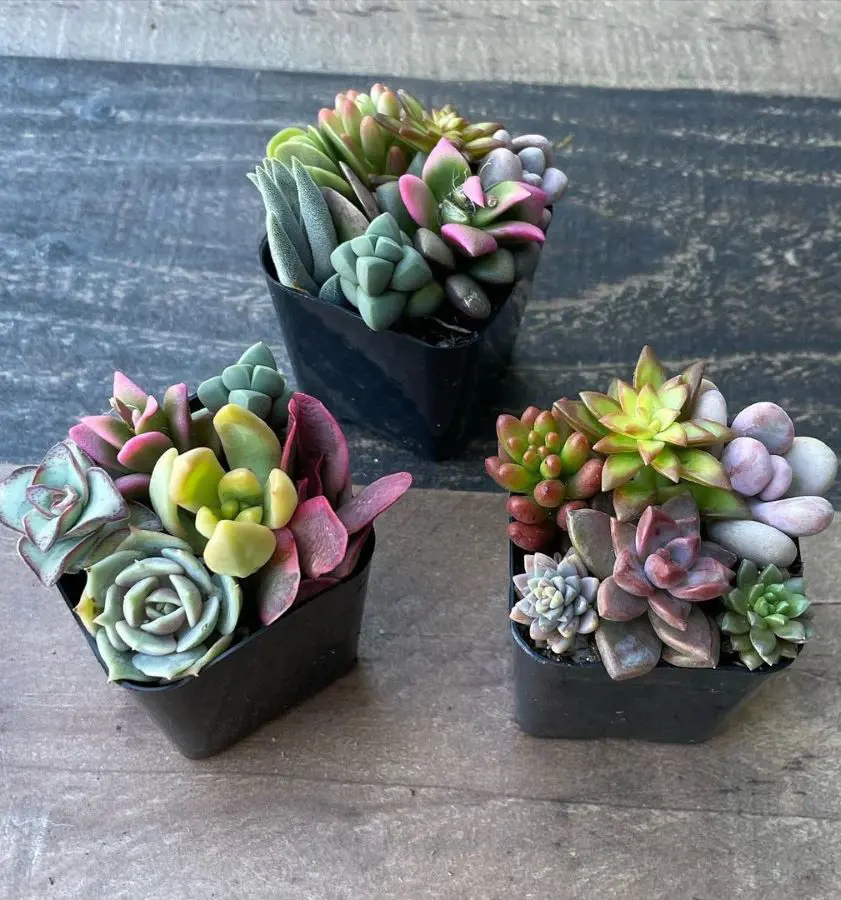
Placing the pot in bright, indirect light is crucial for succulent propagation because it provides the ideal conditions for root development and healthy growth. Succulents are adapted to dry, sunny environments; still, the direct sunlight can be too intense for delicate cuttings or newly developing roots, potentially causing them to burn. Indirect light provides the necessary light without the risk of damage.
The warmth generated by indirect sunlight helps regulate the soil temperature, which is essential for root growth. Also, the bright light, even when indirect, helps to enhance the vibrant colors of succulents. As the cuttings develop, they will receive enough light to maintain their beautiful hues.
8. Be patient
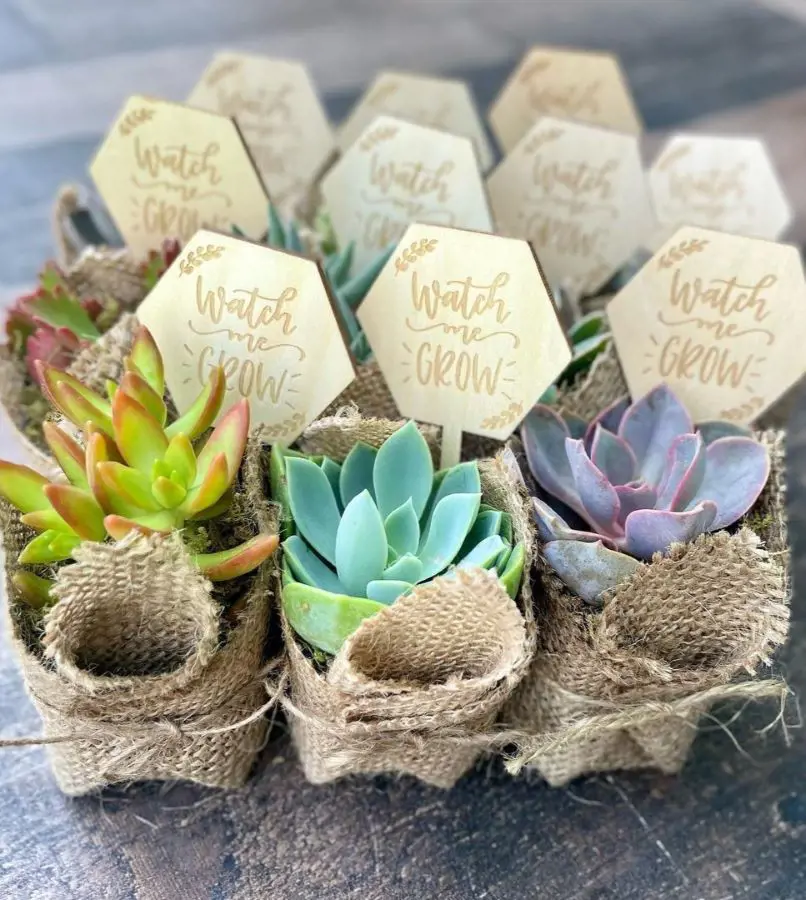
Patience is key when propagating succulents because it takes them time to develop roots and start growing. It can be tempting to water them frequently or check on them too often, but doing so can hinder their progress. Here are three ways patience helps succulents propagate successfully:
- Allows callousing
- Encourages root growth
- Avoids overwatering
Being patient and trusting the natural process increases the chances of successful succulent propagation. Don't be discouraged if it doesn't happen overnight. Just keep the soil moist and the pot in a bright, indirect-light location.
9. Repot Once Grown
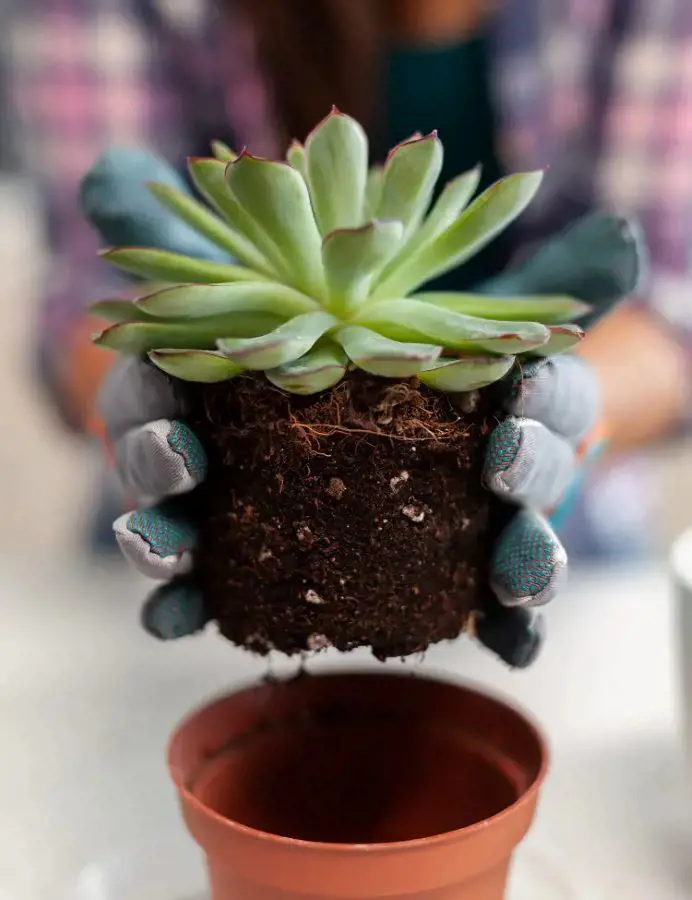
As the succulent grows, it fills its pot with roots. This can crowd the plant and limit its ability to grow new leaves and offsets. Repotting into a larger pot gives the roots more room to spread out, which encourages the plant to produce more offsets that can be used for propagation.
Similarly, repotting with fresh soil helps to improve drainage and aeration, which creates a healthier environment for the roots and encourages them to grow new plants. By repotting the succulent in fresh soil and giving it the space it needs to grow, you are creating the ideal conditions for it to produce strong, viable offsets that will thrive once propagated.
Recent posts
How To Propagate
How To Propagate
How To Propagate Cactus In 9 Ways
Propagation involves creating new plants from existing ones. In nature, this often happens through seed formation after flowers are pollinated. However, due to the shrinking natural habitats of cactus, it’s essential to propagate and care for t...
How To Propagate
Basil Propagation Methods: Flowers, Seeds or Cuttings
In the realm of culinary delights and garden magic, basil stands as a beloved herb, prized for its aromatic leaves and versatility in the kitchen. Yet, unlocking the secrets of basil propagation opens up a whole new realm of possibilities. From the d...
How To Propagate
How To Propagate Monstera Deliciosa
Monstera plants are popular indoor plants, making homes and offices cheerful and stylish. They're not just easy to grow but also thrive in any indoor setting. But if you're wondering how to make more Monstera plants, it might seem tricky. Start...
How To Propagate
How To Propagate Spider Plant
The Spider Plant is a resilient indoor plant appreciated for its arching leaves and spider-like offshoots. It's an ideal choice for plant enthusiasts due to its easy care. Propagating these plants is also simple and can be done in various ways, such ...
How To Propagate
How To Propagate String Of Pearls
Propagating String of Pearls is a fascinating and fulfilling process that allows you to create new plants from an existing one. This plant is a cute succulent from South Africa, known scientifically as Senecio Rowleyanus. It has long, hanging stems w...
How To Propagate
How To Propagate Roses In 12 Steps
Propagating roses might sound fancy, but it's a way to grow new rose plants from existing ones. It's like making baby roses. If you have a beautiful rose bush and want more just like it, you can do this through a process called propagation. Here's a ...
